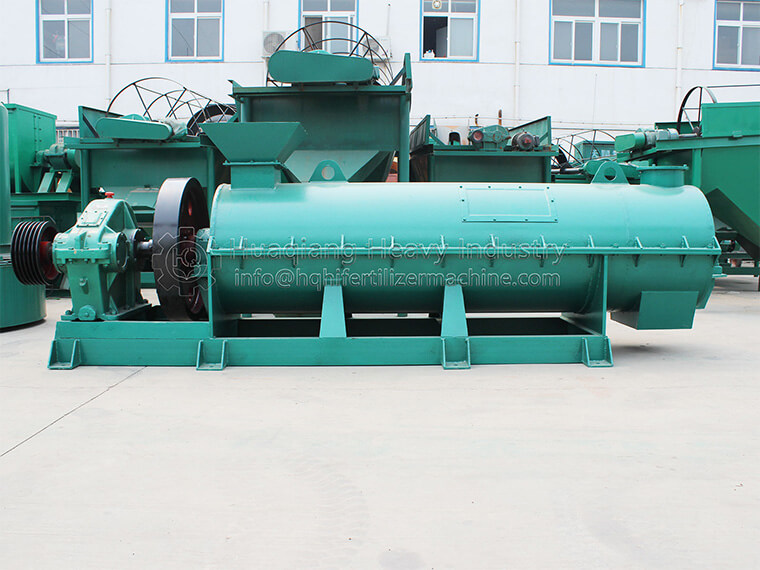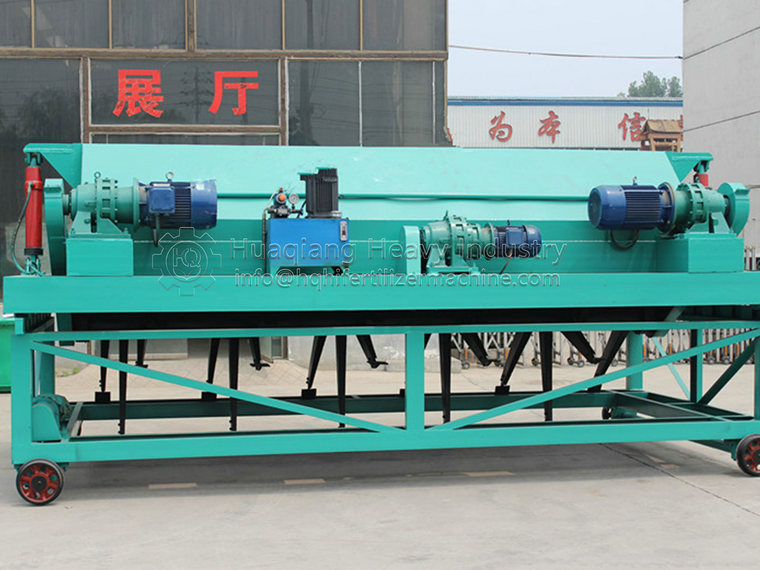The working principle of fertilizer crusher in organic fertilizer production line
When crushing organic fertilizer raw materials, we often encounter the situation that the moisture content of materials is relatively high. At this time, we need crusher equipment to crush materials, such as organic fertilizer semi wet material crusher, which is designed for the crushing demand of materials with certain humidity. This equipment has the advantages of high efficiency, large output and good crushing effect. The crushed materials can reach a relatively fine particle size.
Urea crusher can be made of high quality stainless steel, mainly used for chemical raw materials, roots, branches, block materials of Chinese medicinal herbs, low oil content of various grains, condiments and other hard and brittle materials ultrafine crushing, material dispersion and particle forming. The grinding chamber inside the fuselage is refined, the surface is smooth and easy to clean, which changes the phenomenon that the inner wall of the ordinary crusher is rough, easy to accumulate powder and not easy to clean, so that the production of food, pills and chemicals can meet the requirements more.
Urea crusher working principle: the crushing chamber of the crushed material, the use of two rollers reverse rotation, the material extrusion, grinding, broken material through the screen into the crushing chamber below the hopper or cloth bag inside. This machine is simple and reliable, no wearing parts, no dust, no auxiliary dust removal equipment. The feed port is equipped with a block tooth roller, even if there is a small amount of caking will not be blocked, can work continuously.
Our company has complete organic fertilizer equipment. We always put the production needs of customers in the first place, provide customers with better production equipment, help customers save production costs, improve the production efficiency of organic fertilizer production line.





.jpg)


